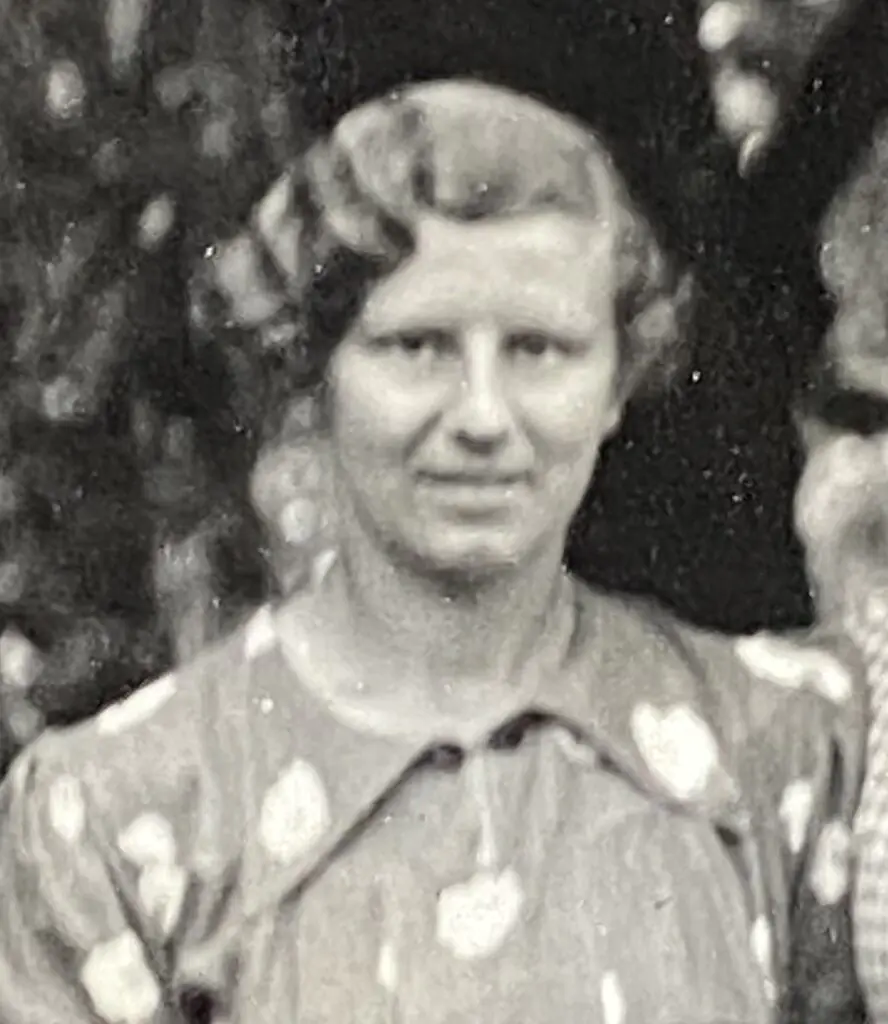
Pioneers in lab coats
World War II was a time of unprecedented scientific and technological advancement, and amidst the flurry of innovation, women scientists made critical contributions to the war effort. With more women studying science to university level – although Cambridge still refused to grant them a degree – there was a pool of educated female talent. But few of these remarkable women received the recognition they deserved. Despite deep-seated prejudice against them, barriers were broken, breakthroughs achieved and paths laid for future generations of female scientists.
Joan Curran: Hero of radar technology
A brilliant physicist who graduated (without a degree, of course) from Newnham College in 1937. Undaunted, she secured a special grant to study for a higher degree and in wartime was critical to many technical developments, notably the proximity fuse and the invention of “Window” – the use of chaff to confuse enemy radar. For example, Window was dropped by Lancasters of 617 Squadron and Short Stirlings of 218 (Gold Coast) Squadron to synthesise a phantom invasion force of ships in the Straits of Dover and keep the Germans unsure as to whether the brunt of the Allied assault would fall on Normandy or in the Pas de Calais. Her husband, another wartime physicist, was knighted – but a senior contemporary scientist gave it as his opinion that she made a greater contribution to the war effort than he did… Joan features as one of the Women in War silhouettes at the IBCC and is pictured above
Rosalind Franklin: Hidden architect of DNA
One of the most interesting figures among the women scientists of World War II is Rosalind Franklin. During the war, work for her chemistry PhD enabled the accurate prediction of the performance of different types of coal, critical to industrial efficiency and also to the improvement of gas masks for soldiers and civilians. After the war, her meticulous research skills and expertise in X-ray crystallography proved pivotal in the discovery of the double helix structure of DNA.
Lise Meitner: Unacknowledged giant
Lise Meitner was a Jewish physicist, who fled Germany in 1938. She worked with Otto Hahn on the discovery of nuclear fission, a word she coined to describe the disintegration of a heavy nucleus into two lighter nuclei. Einstein called her “Germany’s Marie Curie”. However, she never received her due share in the Nobel Prize awarded to Hahn in 1944. But her work helped unravel the mysteries of atomic energy, a field that had profound implications for both the war and the future of scientific research. And it was at last acknowledged in her shared Enrico Fermi award in 1966.
Dorothy Hodgkin: Crystallographer
Dorothy Hodgkin was a British chemist, who made significant strides in the field of X-ray crystallography, which she used to determine the structures of important biochemical substances. During World War II, she focused on the study of penicillin, which was crucial in treating bacterial infections among soldiers. Her work helped optimise the production of penicillin, making it more widely available and saving countless lives on the front lines.
Marjorie Stephenson: Microbial trailblazer
Marjorie Stephenson was a biochemist who made ground-breaking advances in the study of enzymes and microbial metabolism. During the war, she worked on improving methods to preserve food and develop antibiotics, which were essential for maintaining the health of troops and civilians. Stephenson’s research contributed to the understanding of bacterial processes, paving the way for future developments in medicine and microbiology.
Maria Goeppert Mayer: Atomic theorist
Maria Goeppert Mayer, a theoretical physicist, made critical contributions to the development of the nuclear shell model, a fundamental theory in nuclear physics. During World War II, she worked on the Manhattan Project, which led to the creation of the atomic bomb. Although her work was part of a controversial and destructive technology, her contributions to nuclear physics were profound and earned her a Nobel Prize in 1963.
Bringing down the barricades
The notion that women were mentally, physically, or emotionally unfit for scientific work, which was entrenched since antiquity, became untenable in the face of the ground-breaking work carried out by women scientists in World War ll. In addition, the notion that middle-class women should not continue to work once they were married, which had removed many qualified women from the scientific workforce, also began to lose credibility when married women as well as single began to be called up. The women scientists of World War II were trailblazers who deserve greater recognition and admiration for their roles in shaping the course of history, during the conflict and after.
Modern Giant - Dame Ruth Cairnie DBEModern Giant - Shonaid Jemmett-Page